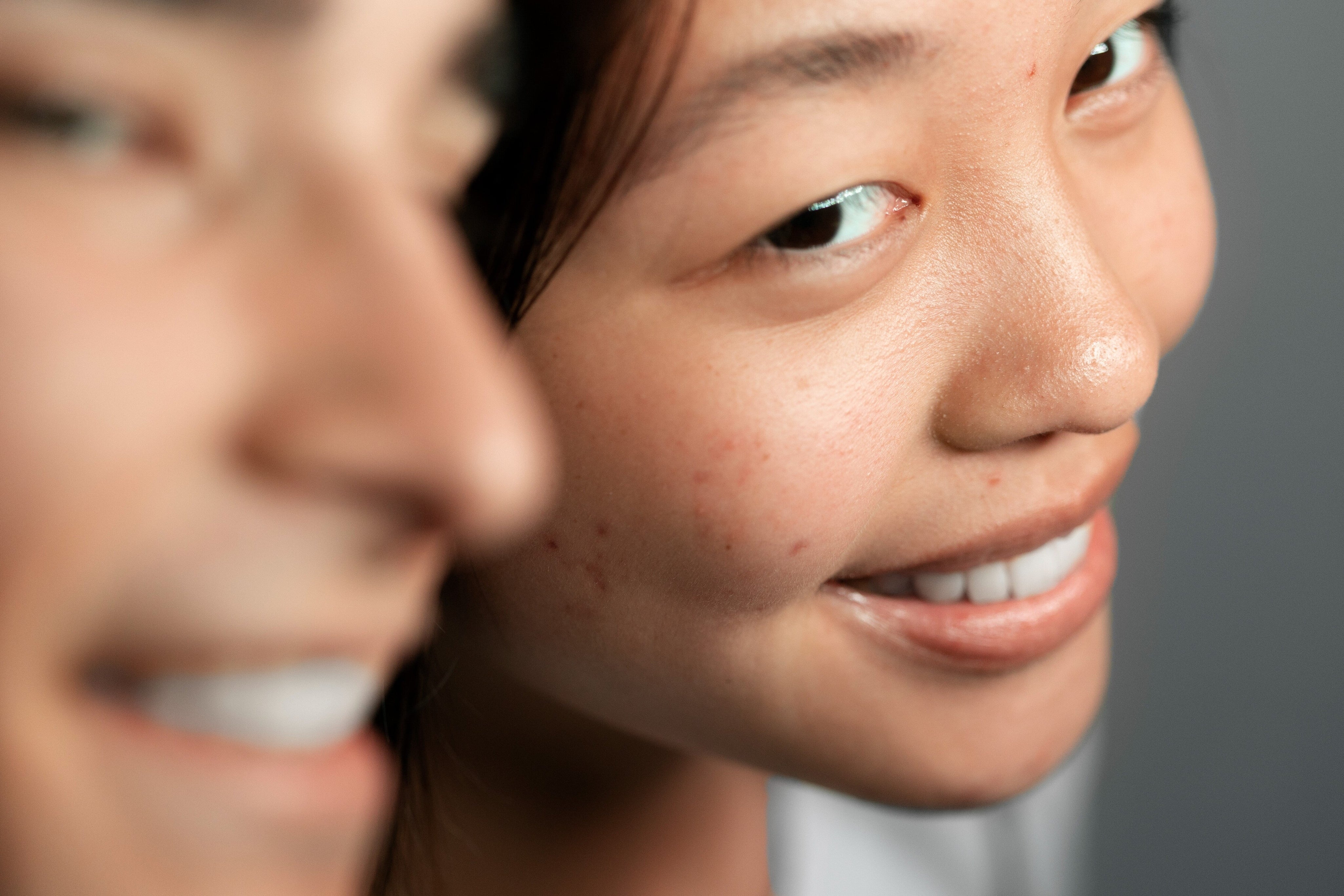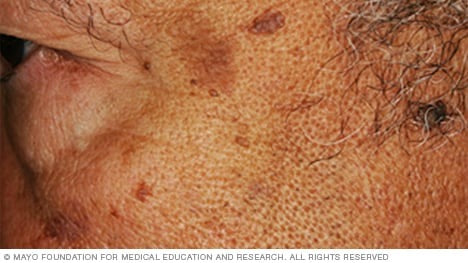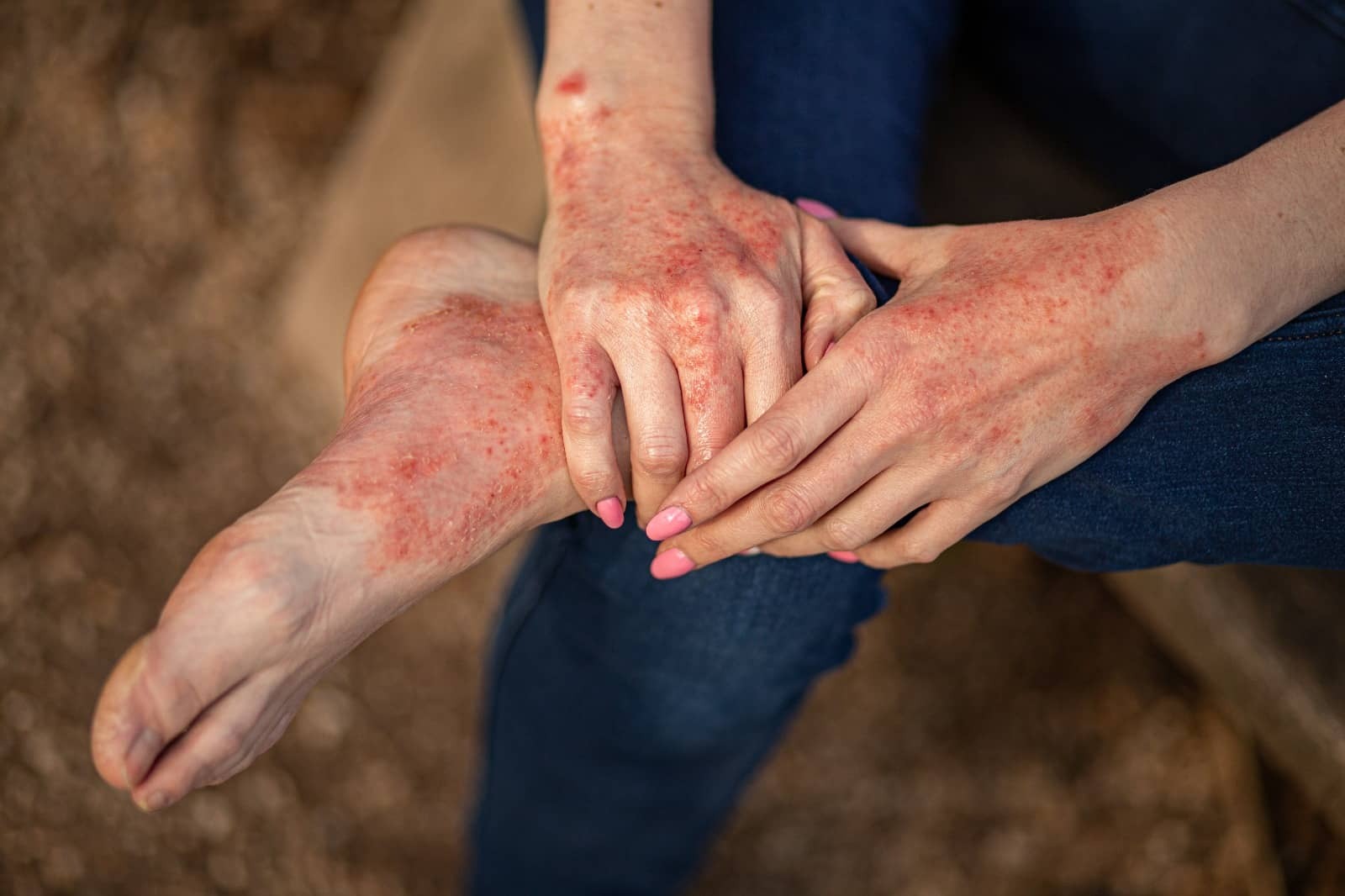Why Do Blackheads Form? Understanding the Root Causes

What Are Blackheads?

Blackheads are a type of acne that forms when hair follicles or pores become clogged with oil, dead skin cells, and sebum. Unlike whiteheads, blackheads are open at the surface, which allows the material inside to oxidize and turn black. Contrary to popular belief, the dark color isn’t dirt but a result of this oxidation process.
What Is the Main Reason for Blackheads?
The primary cause of blackheads is excess sebum production combined with the buildup of dead skin cells. Blackheads often form in areas where oil glands are more active, such as the nose, chin, and forehead. Hormonal changes, particularly during puberty, pregnancy, or stress, can also increase oil production and contribute to blackhead formation.
Environmental Factors Contributing to Blackheads
External factors can exacerbate blackhead formation. Here are a few key contributors:
1. Wearing Masks or Helmets
Constant friction or pressure from masks, helmets, or other gear can trap sweat and oil, creating the perfect environment for blackheads.
2. Humidity
Living in a humid climate can make your skin produce more oil, increasing the likelihood of clogged pores.
3. Sweat and Heat
Excessive sweating, especially after workouts, can mix with oil and debris on the skin, leading to blackheads if not cleaned off properly.
Common Misconceptions About Blackheads
There’s a lot of misinformation about blackheads, so let’s clear up some myths:
1. Blackheads are dirt trapped in pores
This is a common myth! Blackheads aren’t caused by dirt but by the oxidation of sebum (your skin’s natural oil) and dead skin cells that build up in your pores. When exposed to air, this mixture oxidizes and turns black, giving blackheads their distinct appearance. Dirt might make skin look dull, but it’s not the culprit behind blackheads.
2. Scrubbing hard can eliminate blackheads
Scrubbing aggressively won’t remove blackheads—it might even make things worse. Over-scrubbing can irritate your skin, cause inflammation, and damage your skin’s natural barrier. Instead, use gentle exfoliants like salicylic acid or a mild scrub to help clear pores without harming your skin.
3. Only people with oily skin get blackheads
While people with oily skin are more prone to blackheads due to excess sebum production, anyone can get them. Blackheads can appear on any skin type, including dry or combination skin, especially if pores become clogged with dead skin cells and oil.
4. Blackheads are the same as sebaceous filaments
Although they may look similar, blackheads and sebaceous filaments are not the same. Sebaceous filaments are natural structures in your skin that help distribute oil and keep it hydrated. They appear as tiny greyish or yellowish dots, typically on the nose. Unlike blackheads, they aren't clogged pores and don’t require removal.
5. Blackheads can be permanently removed
Unfortunately, blackheads can’t be completely eliminated forever. Even with the best skincare routine, your skin will continue to produce oil and shed dead skin cells, which can lead to new blackheads over time. However, consistent skincare can help minimise their appearance and reduce their recurrence.
6. Pore strips are the ultimate solution
Pore strips can remove the top layer of debris and dead skin from your pores but don’t address the root cause of blackheads. They’re a temporary fix and won’t stop blackheads from forming again. For long-term results, look for treatments like chemical exfoliants or retinoids that target the buildup within your pores.
7. Squeezing blackheads is harmless
Popping blackheads may seem satisfying, but it can cause more harm than good. Squeezing can lead to irritation, scarring, and even push debris deeper into your pores, causing infections or worsening the blockage. If you need to remove blackheads, it’s best to use proper tools or consult a professional.
8. You only need skincare to treat blackheads
While a good skincare routine is key to managing blackheads, it’s not always enough. For stubborn or recurring blackheads, professional treatments like chemical peels, extractions, or lasers may be necessary. A dermatologist can help tailor treatments to your skin’s needs for the best results.
Do Blackheads Go Away by Themselves?

Blackheads don’t typically go away on their own. Without proper care, they can remain in the skin or worsen over time. Regular skincare and preventative measures are key to getting rid of blackheads overtime.
Tips to Treat and Manage Blackheads
Follow these steps to reduce and prevent blackheads:
1. Cleanse Regularly

Cleansing your skin daily helps remove dirt, oil, and sweat that accumulate throughout the day, which are common culprits behind clogged pores and blackhead formation. A gentle cleanser ensures your skin stays clean without irritating or stripping it of essential moisture, keeping pores clear and healthy.
2. Exfoliate Gently with AHAs and BHAs

Chemical exfoliants like salicylic acid (BHA) and glycolic acid (AHA) penetrate deep into the pores to break down the buildup of dead skin cells and oil that cause blackheads. Salicylic acid targets oil and unclogs pores, while glycolic acid smooths and brightens the surface of the skin. Regular exfoliation can prevent blackheads from forming and help fade existing ones over time.
3. Use Non-Comedogenic Products

Non-comedogenic skincare and makeup products are specifically designed not to clog pores, making them ideal for preventing blackheads. By switching to these products, you reduce the chance of buildup in your pores, keeping your skin clear and free from impurities.
4. Consider Professional Treatments

Professional treatments for blackheads, such as chemical peels and microdermabrasion, provide a deeper level of exfoliation than at-home methods. Chemical peels dissolve the bonds between dead skin cells on the surface, while microdermabrasion gently buffs away these layers, leaving your skin smooth, unclogging pores, and minimising blackhead formation.
5. Avoid Overwashing
Although it may seem like washing your face frequently helps keep it clean, overwashing can actually strip your skin of its natural oils. This triggers your skin to produce even more oil, leading to clogged pores and blackheads. Stick to washing your face twice daily to maintain a balance and prevent excess oil production.
When to Call in the Professionals for Blackhead Management
If blackheads persist despite your best efforts, or if they’re causing discomfort or scarring, it’s time to consult a dermatologist. Skin experts can recommend treatments like extractions, prescription topicals, or in-office procedures tailored to your skin type.
Experience Bespoke Skincare Solutions for Blackheads
Struggling with blackheads and don’t know where to start? At Skin to Heart, we offer personalised skincare solutions designed specifically for your unique skin needs. Book a consultation with our experts today and discover how we can help you achieve clearer, healthier skin. Take the first step towards your bespoke skincare journey—schedule your appointment now!
0 comments

